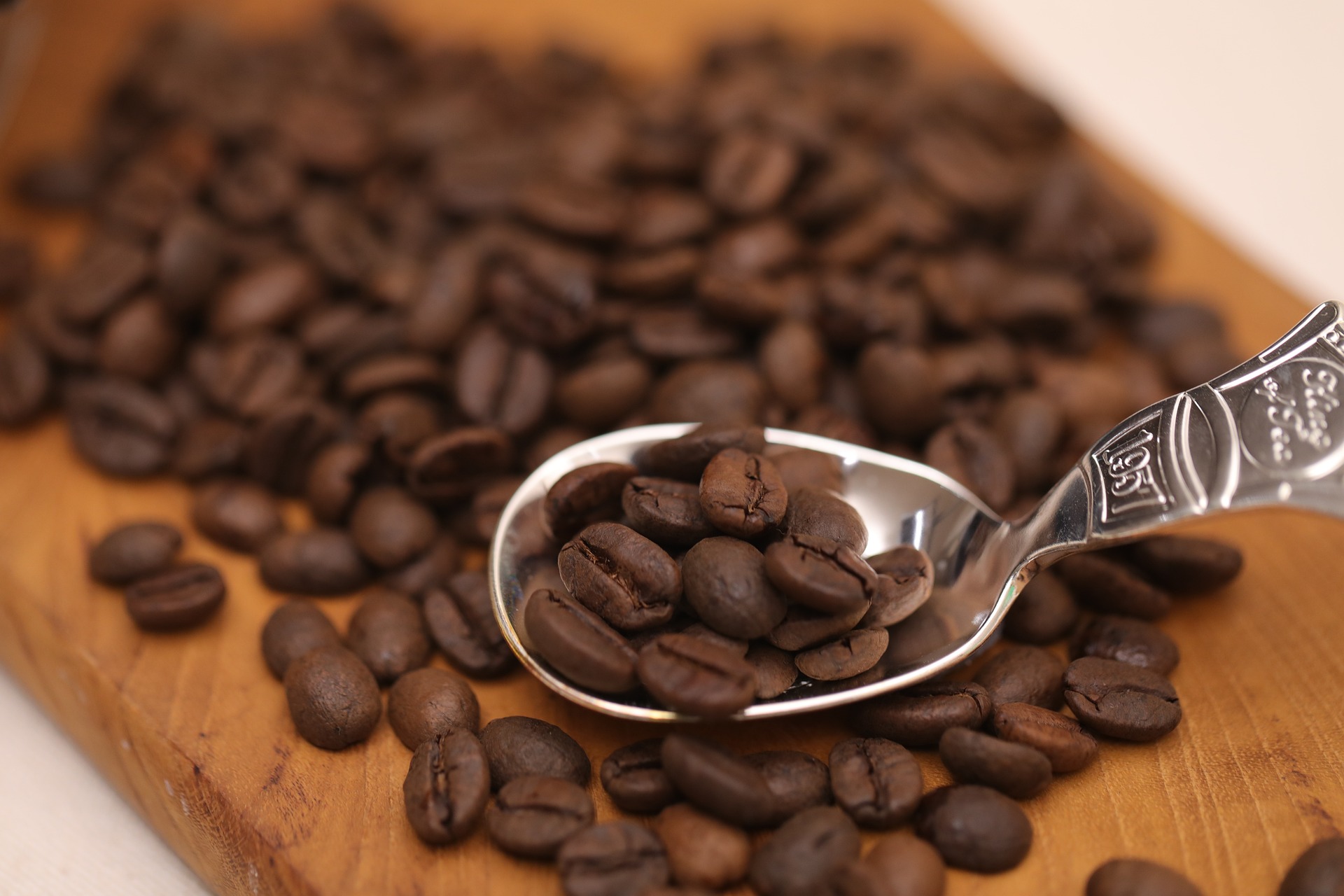The Art and Science of Perfect Coffee Brewing
Coffee is more than just a morning ritual; it’s an art form and a science that has captivated people worldwide for centuries. From the rich, bold flavors of a dark roast to the nuanced, fruity notes of a light brew, the world of coffee is vast and intricate. Understanding the fundamentals of coffee brewing can transform your daily cup into a truly exceptional experience. Read below to master the art and science of perfect coffee brewing.

Selecting Quality Coffee Beans
The foundation of a great cup of coffee lies in the quality of the beans. There are two main types of coffee beans: Arabica and Robusta. Arabica beans are known for their smooth, complex flavors, while Robusta beans offer a stronger, more bitter taste. For the best results, opt for freshly roasted, high-quality Arabica beans. Pay attention to the roast date and try to use the beans within two to four weeks of roasting for optimal freshness.
Understanding Coffee Grind Sizes
The grind size of your coffee beans significantly impacts the flavor and extraction process. Different brewing methods require different grind sizes. For example, a coarse grind is ideal for French press brewing, while a fine grind works best for espresso machines. A medium grind is suitable for drip coffee makers and pour-over methods. Investing in a good quality burr grinder allows you to adjust the grind size to match your brewing method precisely.
The Importance of Water Quality
Water makes up about 98% of a cup of coffee, so its quality is crucial. Use filtered water to avoid impurities that can alter the taste of your coffee. The ideal water temperature for brewing coffee is between 195°F and 205°F. Water that is too hot can over-extract the coffee, resulting in bitterness, while water that is too cool can under-extract, leading to a weak and sour taste.
Mastering Coffee-to-Water Ratio
Achieving the perfect coffee-to-water ratio is key to a balanced and flavorful brew. A general guideline is to use one to two tablespoons of coffee for every six ounces of water. This can be adjusted based on personal preference and the strength of the coffee. Using a kitchen scale to measure both the coffee and water can help ensure consistency and precision.
Exploring Different Brewing Methods
There are numerous ways to brew coffee, each offering unique flavor profiles and experiences. Some popular methods include:
- French Press: This method involves steeping coarsely ground coffee in hot water before pressing the grounds out. It produces a full-bodied, rich coffee with a robust flavor.
- Pour-Over: This technique involves pouring hot water over coffee grounds in a filter, allowing it to drip through. It offers control over the brewing process and results in a clean, crisp cup of coffee.
- Espresso: Using an espresso machine, finely ground coffee is forced through with high-pressure hot water, creating a concentrated shot with a strong flavor and creamy texture.
- AeroPress: This device combines immersion and pressure brewing methods, resulting in a smooth, versatile coffee that can be adjusted to taste like espresso or a regular drip coffee.
- Cold Brew: Coarsely ground coffee is steeped in cold water for 12-24 hours, producing a smooth, low-acid coffee concentrate that can be diluted with water or milk.
The Role of Brew Time
Brew time is another critical factor in coffee extraction. Each brewing method has an optimal brew time to ensure the perfect balance of flavors. For example, French press coffee typically requires four minutes of steeping, while espresso shots should be pulled within 25-30 seconds. Over-extraction can lead to bitterness, while under-extraction results in a weak, underwhelming flavor.
Experimenting with Flavor Additions
Once you’ve mastered the basics of coffee brewing, experiment with different flavor additions to elevate your coffee experience. Adding spices like cinnamon or cardamom to your coffee grounds can introduce new and exciting flavors. Similarly, flavored syrups, extracts, and even a pinch of sea salt can enhance the taste of your brew. For a creamy texture, try adding frothed milk or alternative milk options like almond or oat milk.
Storing Coffee Beans Properly
Proper storage of coffee beans is essential to maintain their freshness and flavor. Store your beans in an airtight container in a cool, dark place. Avoid refrigeration or freezing, as this can introduce moisture and compromise the beans’ quality. Grind your beans just before brewing to preserve their flavor and aroma.
The Benefits of Single-Origin Coffee
Exploring single-origin coffee can enhance your appreciation for the diverse flavors that different regions offer. Single-origin coffee is sourced from one specific location, such as a single farm or geographic area, allowing you to experience the unique characteristics of that region. These coffees often have distinct flavor profiles influenced by the local climate, soil, and processing methods.
Conclusion
Brewing the perfect cup of coffee is a delightful blend of art and science. By selecting quality beans, understanding grind sizes, using the right water, and mastering various brewing techniques, you can elevate your coffee experience to new heights. Whether you prefer the rich depth of a French press or the bright clarity of a pour-over, experimenting with different methods and flavors will help you discover your perfect brew. Embrace the journey and enjoy the process of crafting a cup of coffee that truly satisfies your taste buds.




